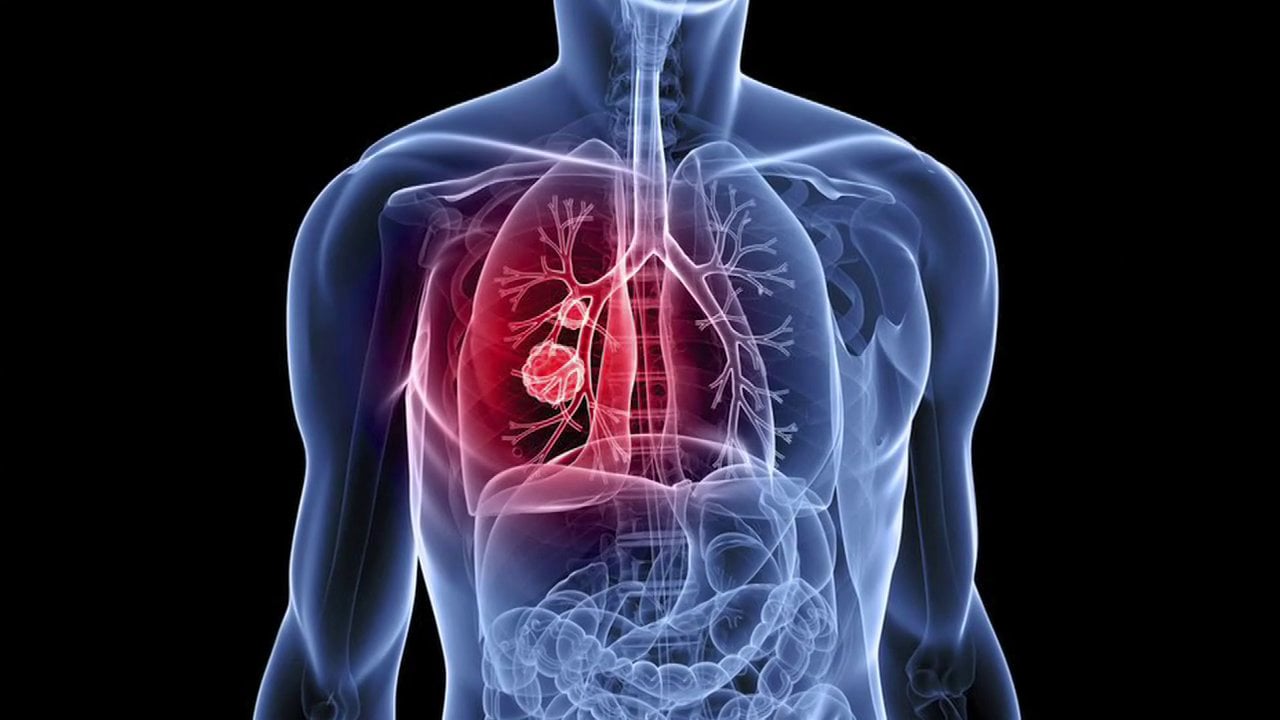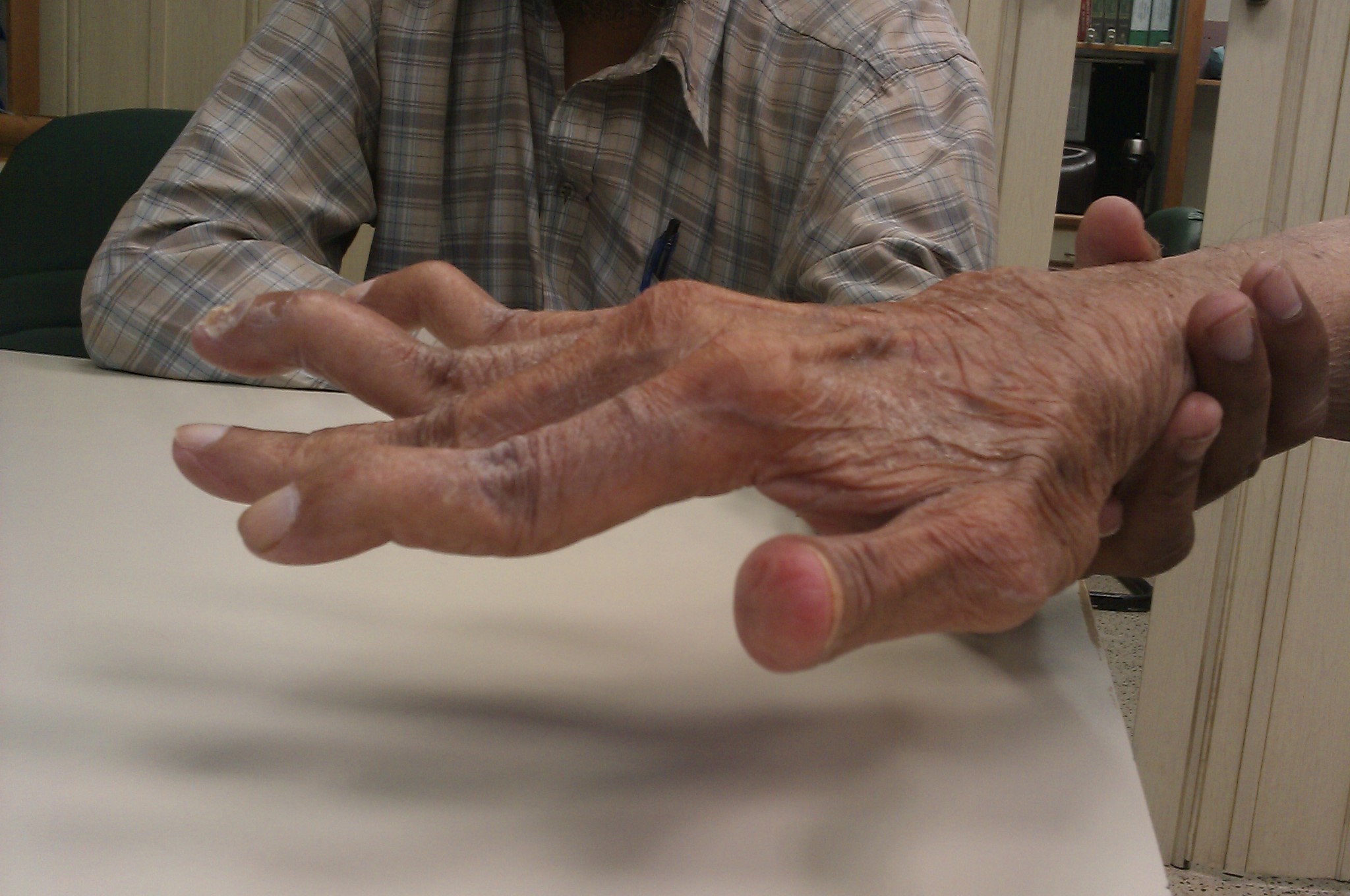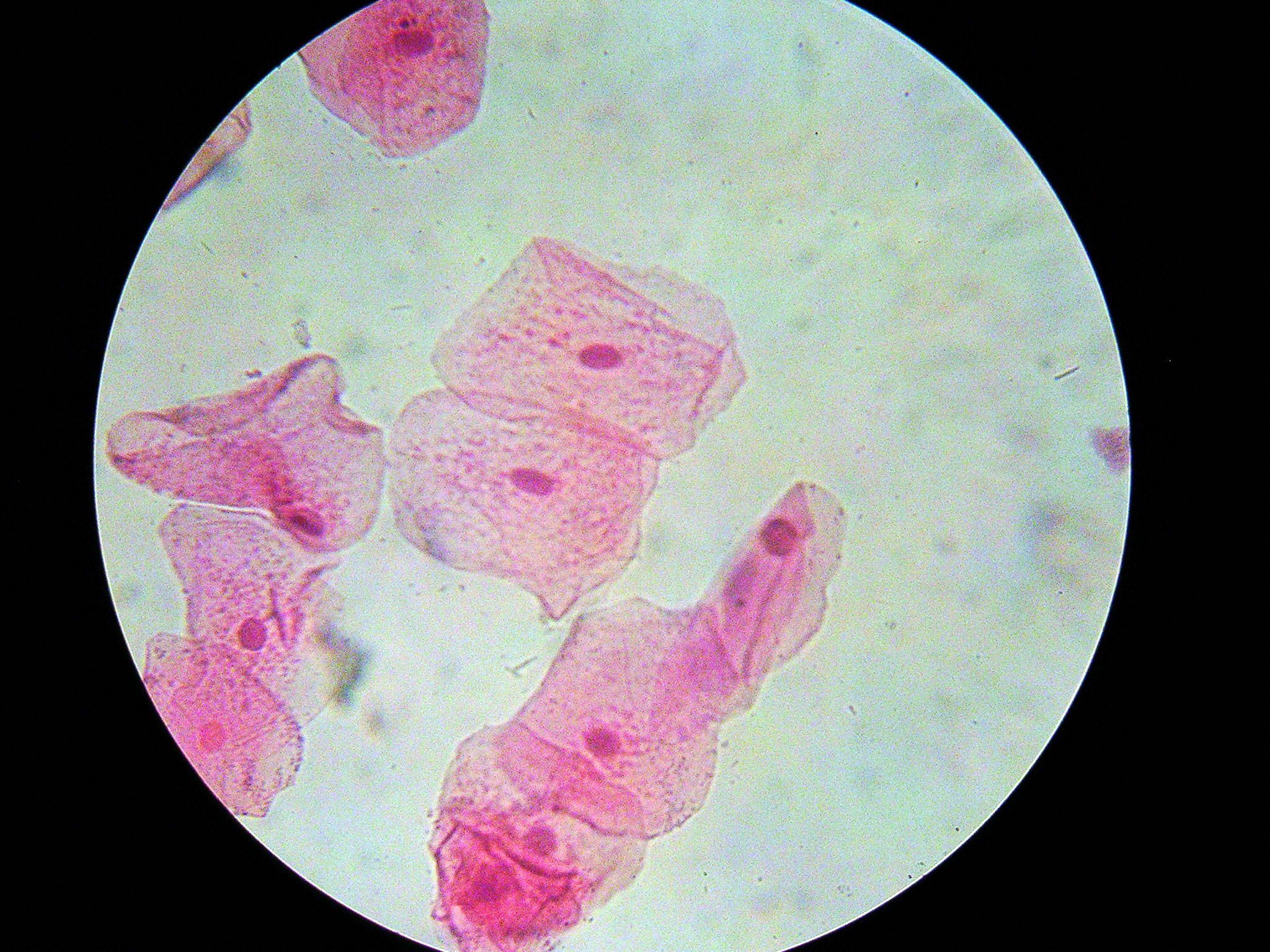
Triple Lung Cancer Therapy With Experimental Drugs And Radiation Targets Most Resistant Cancers
The four most common gene mutations that occur in lung cancer include KRAS, TP53, STK11, and EGFR, These are often what make those cancers treatment-resistant. As a result, it’s far more difficult to choose the right therapy for lung cancers with genetic mutations. One new study out of Thomas Jefferson University in Philadelphia, however, has been experimenting with a triple therapy that has proved effective for KRAS gene mutations in mice. The triple therapy involves




